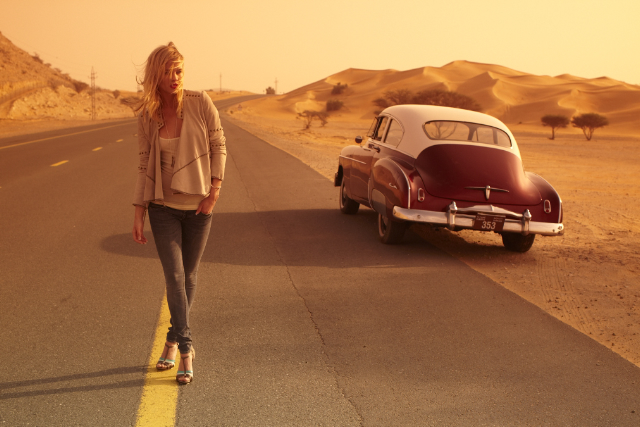

“Doing nothing” emerges as Billy and Wyatt’s raison d’etre, a belief evidently shared by Hopper in his film’s defiant willingness to just be for a second, man.Įasy Rider blew open the gates for stranger techniques in the mainstream, and long-haired rebels on today’s indie fringes still ape Hopper’s whip-zooms and twitchy back-and-forth cutting. Same goes for the film, which has just ground its already-lilting trajectory to a halt so that we can watch our main characters do nothing. As the Byrds’ psychedelic Wasn’t Born to Follow (a clarion call to the wanderers if ever there was one) twangs away in the background, they frolic and goof around with no purpose in particular apart from enjoying themselves. In one passage, a couple of girls have linked up with the caravan, and the four of them cool off by taking a swim in a watering hole they’ve happened upon. There’s a loose spontaneity to Wyatt and Billy’s sojourn borne out in the style of its documenting, an experimental aesthetic that mirrors the up-for-whatever mindset of its subjects. Hopper used the personal agency that production company Raybert would later allow him to adopt a film-making method befitting the credo he espouses in the film – the open road, no plan and endless possibility.ĭennis Hopper and Peter Fonda star in Easy Rider. Easy Rider hails from a time when abrasive guys with a lot of vision were given the economic latitude to run the show, or at least their own little slice of it.

To him, it was good riddance he’d die before an artist such as himself would take orders from a bunch of pencil-necks in three-piece suits. Roger Corman was originally in talks to produce Easy Rider, and only split ties with the project after Hopper’s foul mouth and erratic behavior drove away a group of potential backers in one pitch meeting. Hopper had a reputation as an uncooperative collaborator, prone to delaying productions and arguing with directors while pursuing his inscrutable creative whims. As much as it ended an era with the flaming crash at its conclusion, the film also launched a new era in its industry, one that gave auteurs unprecedented authority over themselves and their work. While those shifting currents of the counterculture have a perceptible trapped-in-amber quality onscreen, somewhat more pronounced to a modern viewer is how Seitz’s notion applies on the other side of the camera. In his essay for the booklet accompanying the Criterion Collection’s home video release, critic Matt Zoller Seitz describes the film as “a freewheeling take on freedom – what it means and what it costs”. Jack Nicholson as George and Peter Fonda as Wyatt in Easy Rider. The generous montages depicting the guys astride their hogs, tearing down the highway to the strains of the soundtrack’s many classic-rock cuts, suggest this as their natural state. They balk at every form of organization, whether it be the humdrum suburbia epitomized by the marching-band parade they infiltrate or the bohemian commune they can’t help but depart. Stopping for their first night out, they decide to make camp in the woods instead of using some of their drug money to put themselves up at a motel. They wish specifically to exist without that dichotomy, to live outside of a close-minded society’s quality judgments about them. They’re no heroes, and aside from the part they play in the international narcotics trade, they’re hardly villains. Their quest follows no imperative higher than the desire to live well and live freely.
THE ROADMOVIE ACADEMIC ANALYSIS FULL
With a sealed plastic tube full of rolled-up cash stashed in his motorcycle’s fuel tank, Wyatt takes off with Billy for New Orleans in time to catch Mardi Gras. The tacit prologue, scripted solely in untranslated Spanish dialogue and the hurricane roar of a jet engine, follows the pair as they score several bags of high-purity cocaine in Mexico and then sell it to a client (hey there, Phil Spector!) back in Los Angeles. Though Wyatt and Billy’s long hair, sideburns, and far-out couture outwardly align them with the flower children and estrange them from squares at small-town diners giving disapproving looks, they’re far from avatars of peace and love. Situated at the end of its decade, Easy Rider literally and symbolically marks the turning point at which the idealism of the 60s curdled into the indulgent solipsism of the 70s.


 0 kommentar(er)
0 kommentar(er)
